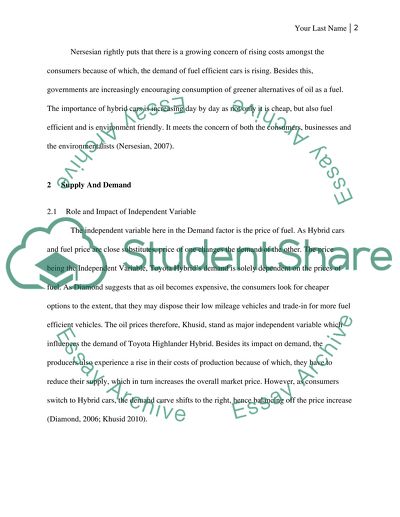Cite this document
(“Toyota Highlander Hybrid Essay Example | Topics and Well Written Essays - 2250 words”, n.d.)
Retrieved from https://studentshare.org/environmental-studies/1419421-2011-toyota-highlander-hybrid
Retrieved from https://studentshare.org/environmental-studies/1419421-2011-toyota-highlander-hybrid
(Toyota Highlander Hybrid Essay Example | Topics and Well Written Essays - 2250 Words)
https://studentshare.org/environmental-studies/1419421-2011-toyota-highlander-hybrid.
https://studentshare.org/environmental-studies/1419421-2011-toyota-highlander-hybrid.
“Toyota Highlander Hybrid Essay Example | Topics and Well Written Essays - 2250 Words”, n.d. https://studentshare.org/environmental-studies/1419421-2011-toyota-highlander-hybrid.


